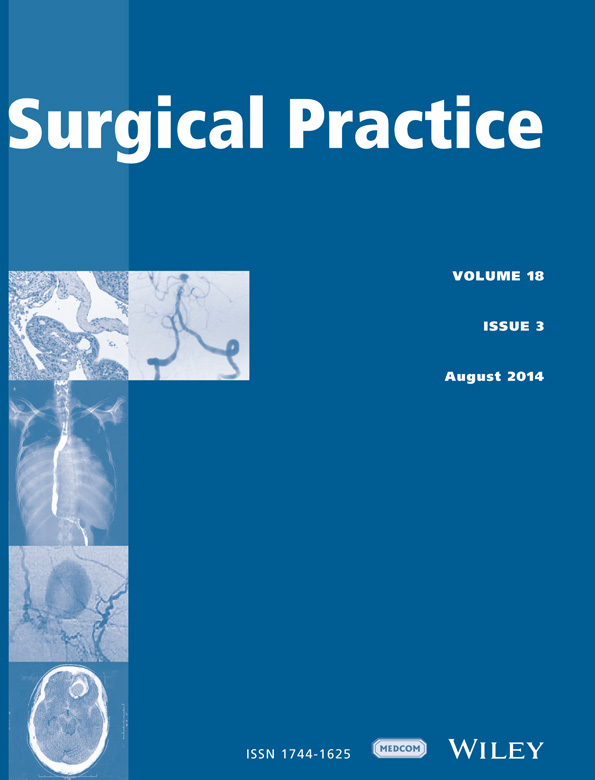Replacement of a deep brain stimulation implantable pulse generator with a rechargeable device
Abstract
Aim
In the present study, we report on the technical hiccups encountered while replacing the implantable pulse generator (IPG) for deep brain stimulation with a new rechargeable device.
Patients and Methods
Two dystonia patients suffered from inefficient recharging after replacement of the IPG to the rechargeable device. After identifying the problem, we employed a surgical technique on the third patient.
Results
The problem was the small size of the new device. The device had a freedom-of-transverse translation and a rocking movement inside the pocket. This unstable positioning lengthened the recharging time in these two patients. By fixing the device on to the adaptor and obliterating the lateral space, the third patient encountered no recharging problems.
Conclusion
Based on the findings of this study, IPG should be fixed on a flat subcutaneous plane and obliterate the lateral space to avoid the problem.




